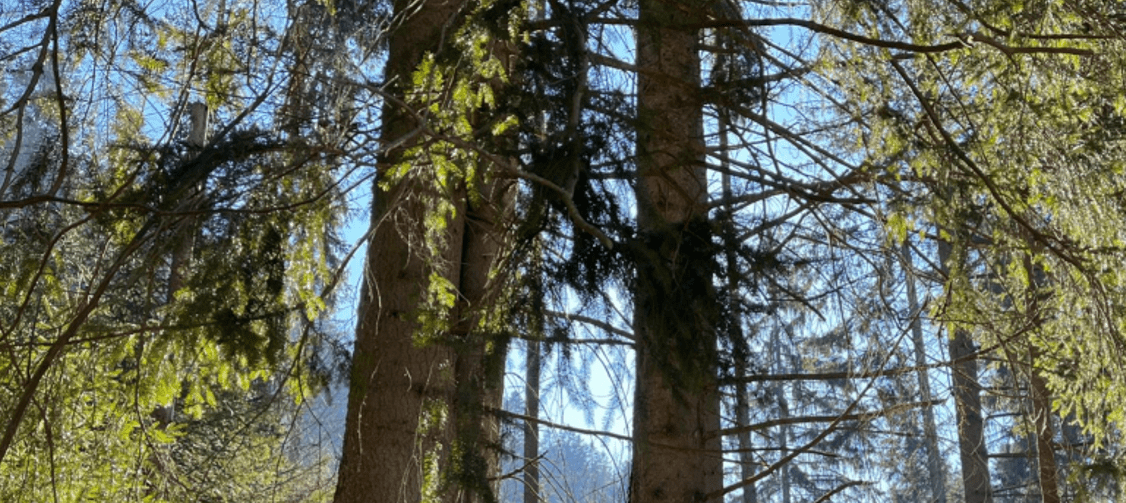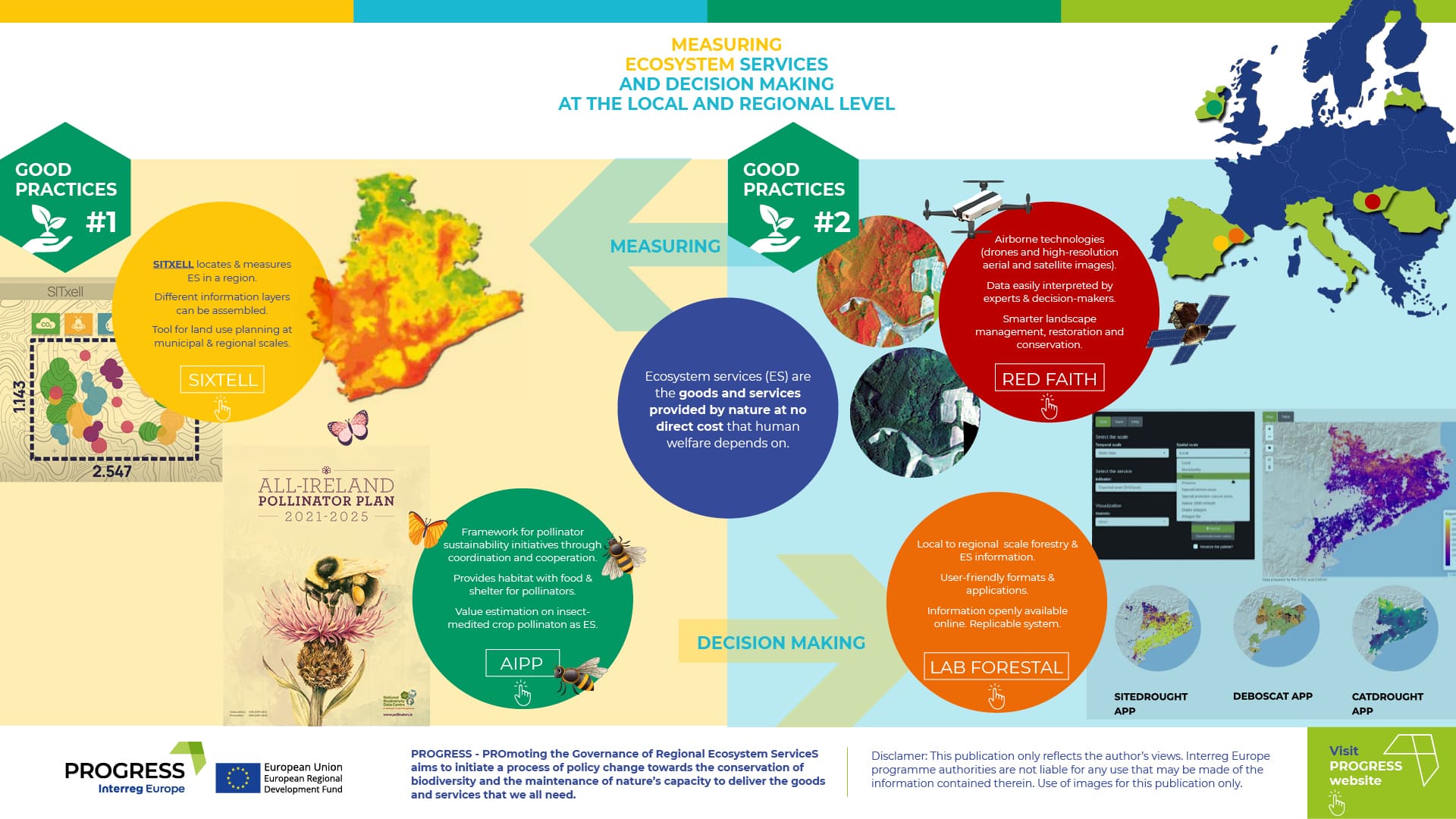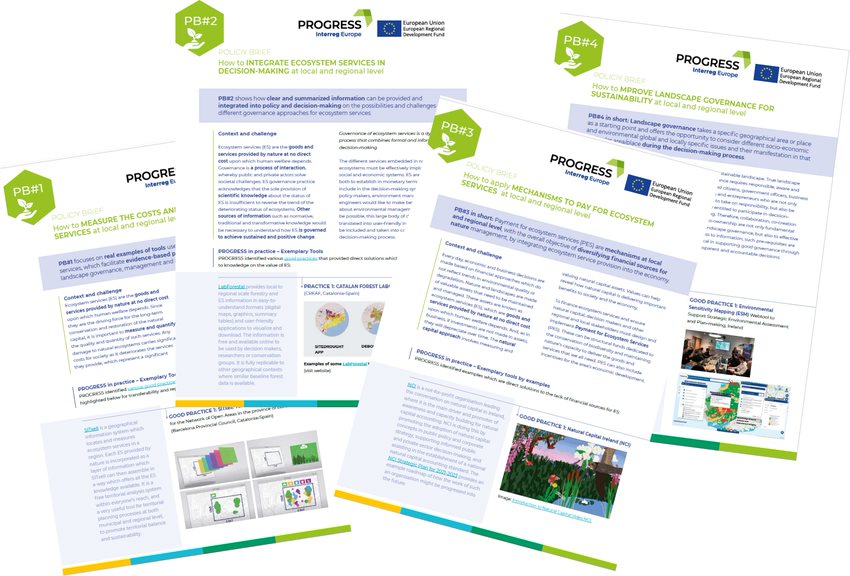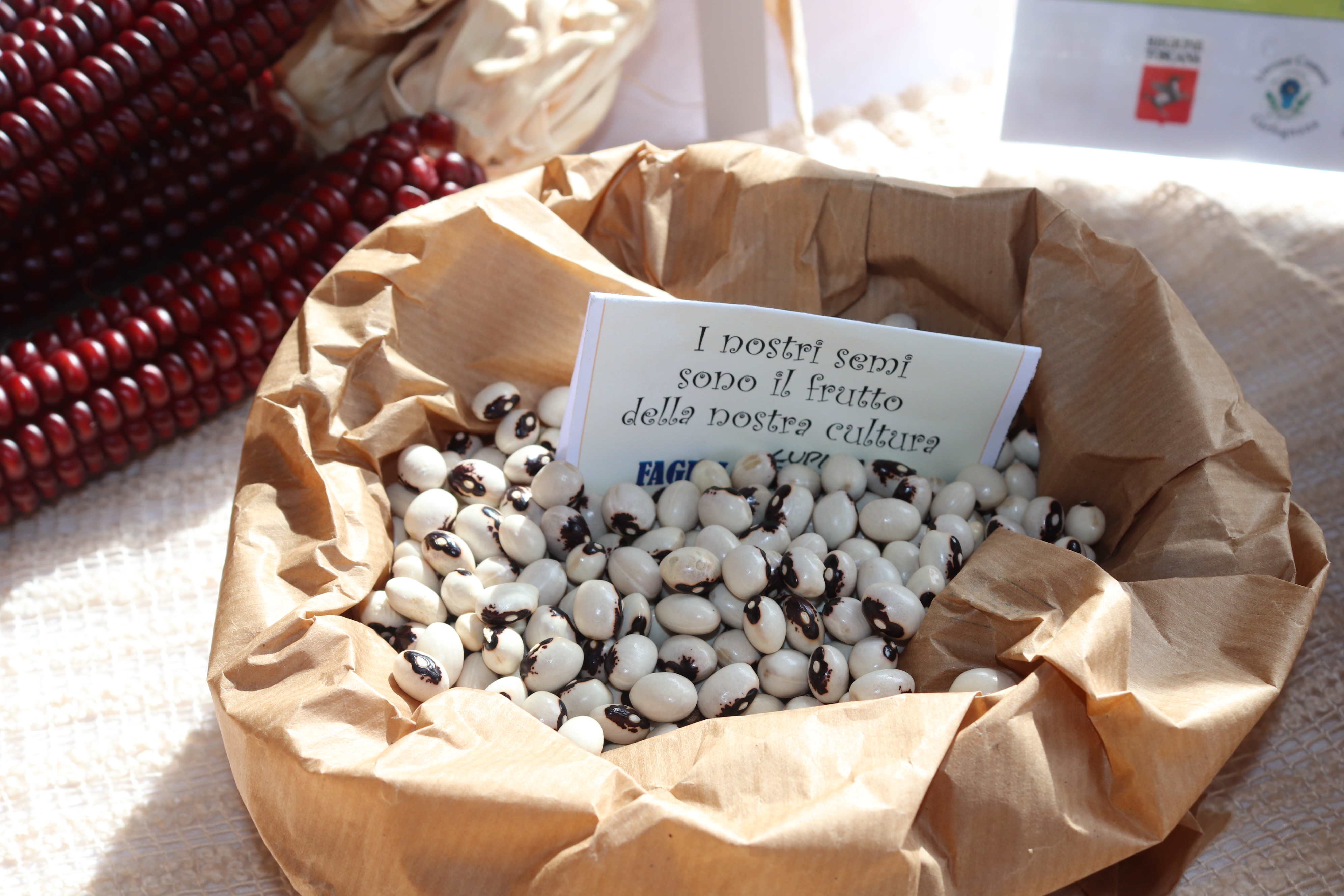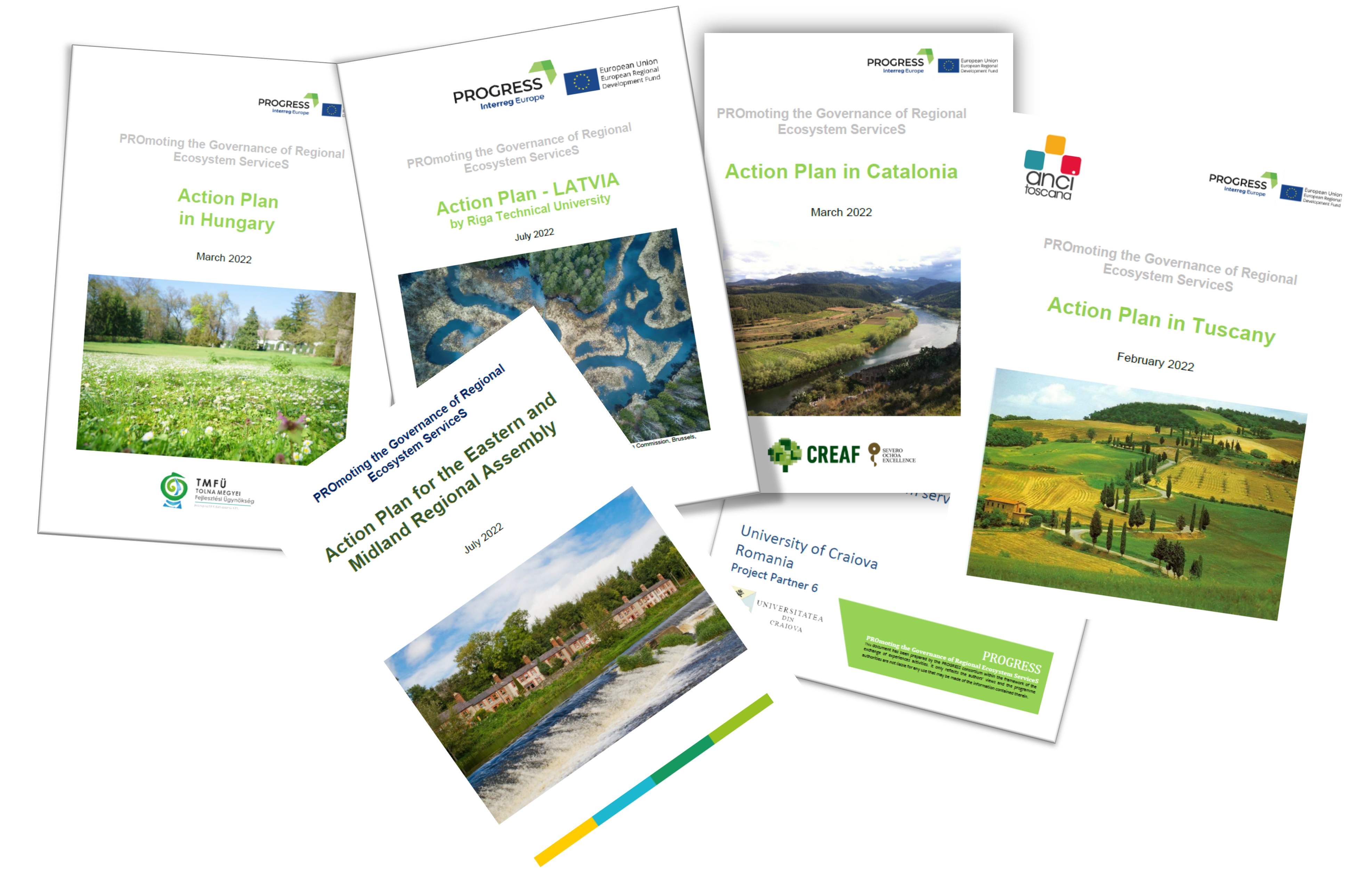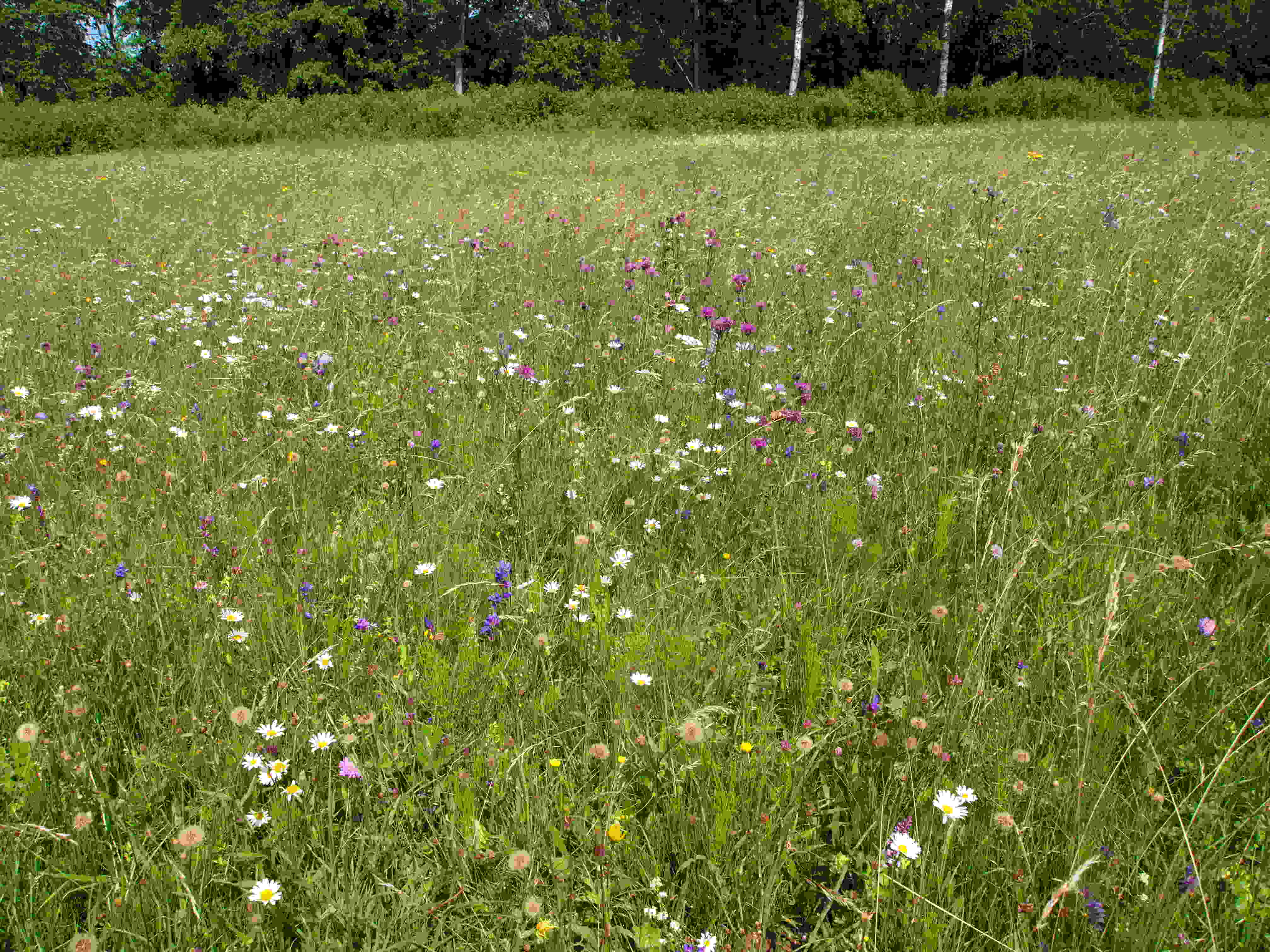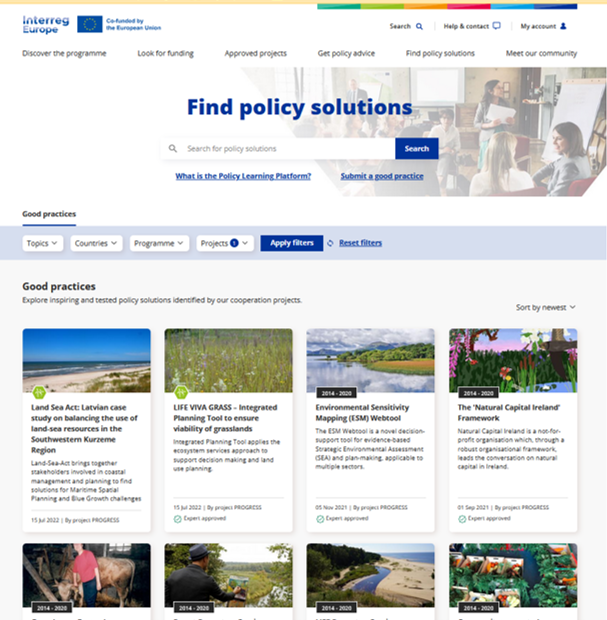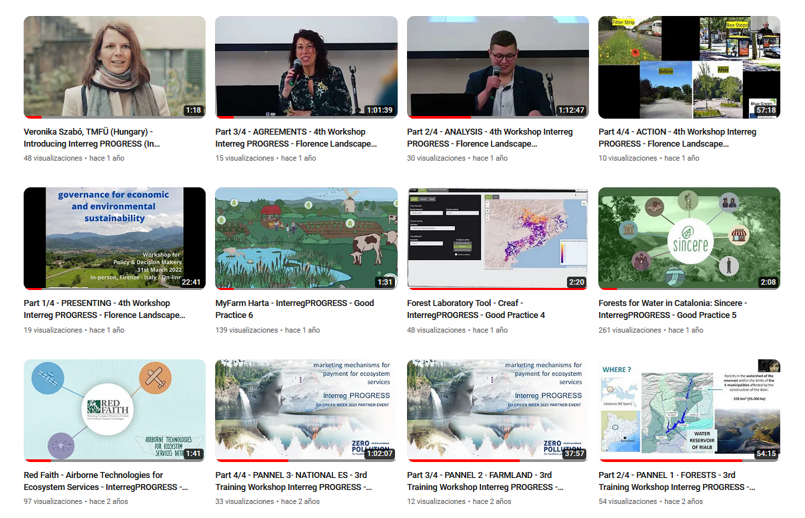Although it’s not clear exactly where it came from, the animal origin of COVID-19 creates a common misunderstanding of considering wild fauna as a dangerous reservoir of pandemics. Of course, increasing human activity and natural resource exploitation in areas of high biodiversity is one of the factors which increases the risk of these kinds of diseases. However, nothing could be further from the truth than blaming biodiversity itself for that. In fact, comparing wild and domesticated animal species, the latter share the highest number of viruses with humans. In any case, biodiversity is the very ecosystem service protecting us from infectious diseases.
Biodiversity protects us from pathogens originating from animal hosts (zoonotic diseases) in different ways. The most simplistic way is by biodiversity “controlling” the abundance of the main host. Let’s imagine a virus hosted by a little bat species called VAMP1. Diverse ecosystems include many kinds of predators, parasites and other kinds of menace that could reduce the populations of VAMP1. Moreover, imagine that VAMP1 adores eating mosquitoes; following the same mechanism, diverse populations of other mosquito eaters will likely limit the abundance of the preferred meal of VAMP1, thereby impeding its own abundance.
Another way biodiversity acts as a barrier for zoonotic diseases is by altering the behavior of the parasite. If our imaginary virus should jump from VAMP1 to VAMP2 until it jumps to humans, adding more intermediate hosts in the way may change their usual pathway. This could lead to the pathogen following a different trail that never ends in humans (VAMP3, MICE1, MICE2…) or, even better, ending in a resistant species that could stop the cycle (MegaVAMP!). That’s why this mechanism is also called “dilution” by species diversity.
A similar dilution mechanism could appear by intraspecific diversity, or natural variation within the same species. As it happens with our species, where there are people merely affected by COVID-19 and people that could get really sick with a simple cold, animal species with enough intraspecific diversity can change the conditions of the host. In other words, the higher the diversity of VAMP1 individuals, the higher the probability of resistance. One population of VAMP1 could be hosts but not capable of transferring the virus, another population could be totally resistant, etc. In general, unhealthy and stressed animals are more likely to lose resistance and therefore contribute to disease spreading… such as those captured in high biodiversity forests that shouldn’t be exploited!
These are the positive defense mechanisms of biodiversity, showing only one of the services it provides. Please keep it in mind the next time you want to blame our poor VAMP1. Anyhow, it is not a matter of apportioning blame, but to prevent the next pandemic. Don’t blame (but neither mess with) nature!
Enrique Doblas Miranda, researcher at CREAF
More information can be found in the following references:
T. Evans, S. Olson, J. Watson et al. 2020. Links between ecological integrity, emerging infectious diseases originating from wildlife, and other aspects of human health - an overview of the literature. WCS report.
C. K. Johnson, P. L. Hitchens, P. S. Pandit et al. 2020 Global shifts in mammalian population trends reveal key predictors of virus spillover risk. Proc. R. Soc. B 287: 20192736.
F. Keesing, L. K. Belden, P. Daszak et al. 2010. Impacts of biodiversity on the emergence and transmission of infectious diseases. Nature 468: 647-652.



